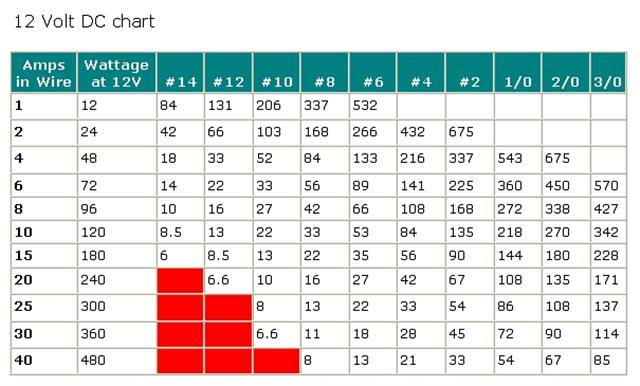How to Wire a Light Bar
Updated May 11, 2007

The neatest route is to have a buss bar with a cover and run wires from the relays to that and then one to switch. You will get better connections and can disconnect only lights you need to in case of damage. That is the way I do my marine connections. I also used marine grade wiring on my vehicles. It's tinned the whole length and finer strands. This helps prevent breaking while flexing and corrosion. Unless you NEVER get your vehicle in water? Don't buy cheap automotive buss bars they will corode. Look them up in West Marine or Boat US. Radio Shack ones will also corode more quickly. I use 14 gauge for most applications. 10 guage if you have like a really heavy draw like a Q-beam. I have spotlights that only draw 50 watts that seem as bright as the older heavy draw bulbs. "Ancor Marine" wiring and "Blue Seas Systems" buss bars and other electrical supplies are the best. Do it right do it once! http://www.ancorproducts.com/Products/Home.html http://bluesea.com/category/9
But yeah, one switch, two relays, two FUSES (one for each relay), two individual 12vdc+ feeds to the 4 lights works.. You can run one MASSIVE ground or two individuals.. And you don't have to run them all the way back to the relays, just to closest well hidden place you can find a solid ground. Do the outside two lights from one relay and the inside lights to the other. On the off chance a relay or fuse goes out, the truck won't look cockeyed. If it's four HIDs or four 55watt lamps, you should be ok with just one relay and fuse. You may have to upgrade to a heftier relay, larger fuse and heavier wire though. Rod posted a good chart on my light thread on selecting the right wire, but ya gotta know what it all means to make sense out of it..

What do all those numbers mean and how do you figure some of 'em out..?? Ohm's Law (it's a basic algebraic formula) states the following as far as we're concerned here.. A=W/V (A=amps, W=watts, V=volts) You need to know what A equals so you can start selecting the right wire to hook up all four lights on one circuit. It's known that you've got a 12vdc electrical system. Chances are the watts are listed on the box the lights came in . So lets assume that the lights are going to be 100watt lamps you have four of them. Therefore: 100watts x 4 lights = 400watts 400watts / 12vdc = 33.3amps According to the chart the smallest wire size you can use is a #8awg and that's only if the TOTAL wire length from the relay to the light and back to ground is 10ft or less. Anything over 10ft total and you'd need to increase the size of the wire accordingly. Interestingly enough though, it looks like different folks have differing opinions on the right wire size is. According to the chart I used, I was a bit over what I needed by running two 12awg wires, but on this chart I've undersized and should have gone with two 8awg conductors. I've got 21.6 amps per conductor running across nearly 12ft.
Solder and heat shrink..!!! It'll take a lot longer than just twisting and taping the wires up, but you won't have to every worry about one of the joints coming loose or getting corrosion from moisture and causing the lights to flicker and flash when you hit a bump.
Most relays are 30 amp, you could run four 55w bulbs okay off one relay. Four 100w bulbs will likely blow the relay, a 40 amp relay may not last long either.
If anyone wants to read the entire lowdown on Ohms Law, this is a pretty good place. http://www.the12volt.com/ohm/ohmslaw.asp

